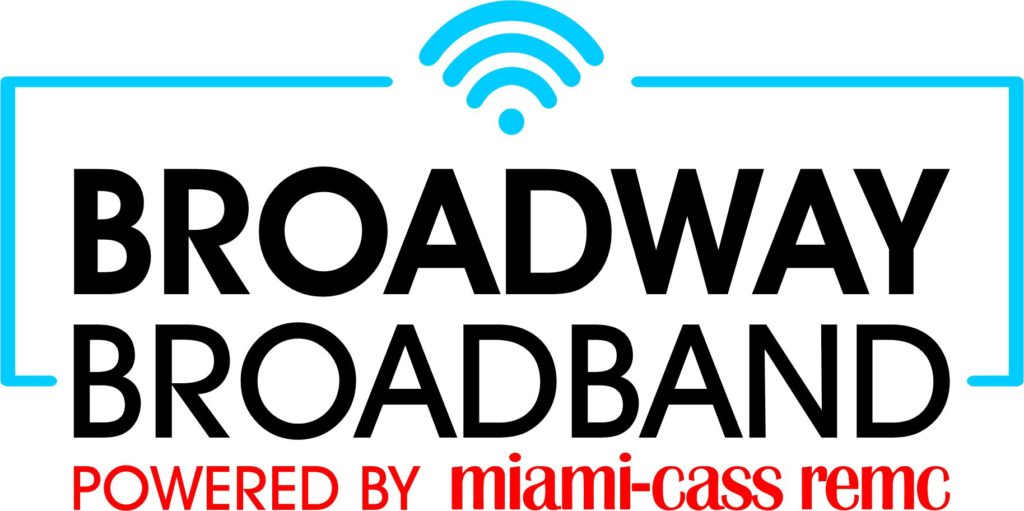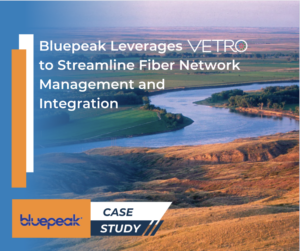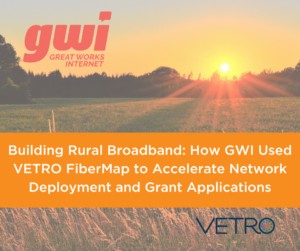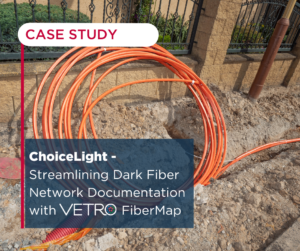In the spring of 2020, Miami Cass REMC’s more than 6,000 customers made a push for high-speed rural internet. The board of directors agreed with their members that snail-paced dial-up just wasn’t cutting it anymore. With the acquisition of Indiana-based Broadway Broadband in 2020, Miami-Cass had their foot in the door. Next on the agenda? Bringing fiber to their underserved customers, growing their footprint, and building out the next generation of internet access.
Miami-Cass would have to start at the beginning: a fiber management system. Not just a fiber management system, but a comprehensive data repository that could act as the foundation for the coop’s existing and future builds. With more than a decade in computer science and cyber security, Matt Mavrick, Director of IT, knew the critical importance of clear, concise, secure technology which his team could approach from multiple angles. The name of the game for Miami-Cass would be flexibility. The ability to design, build, and operate their fiber assets all in one place was critical. Now, all that was left was getting there.
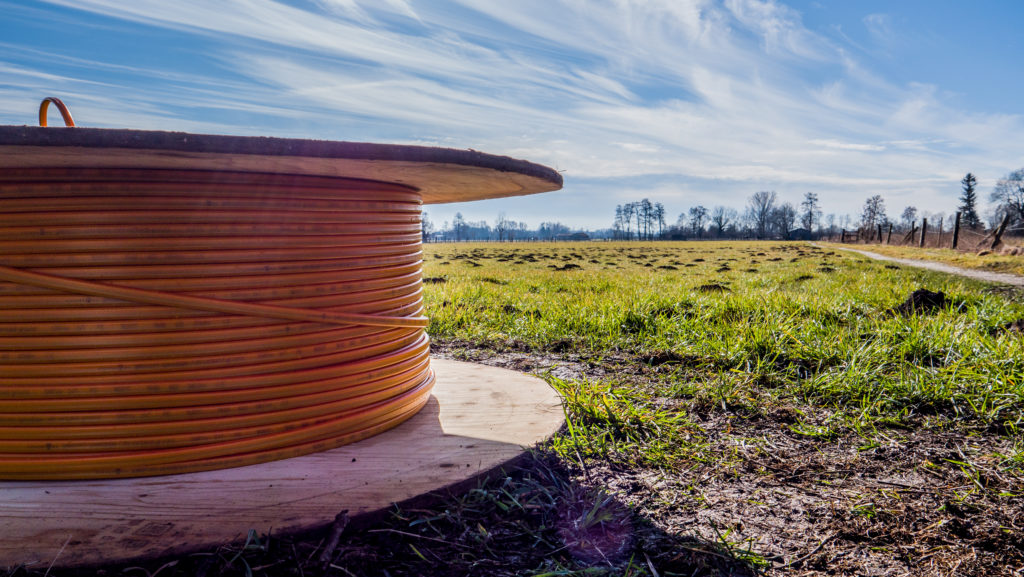
The Challenge
Miami-Cass began mapping their network the same way a lot of wireless ISPs did – drawing their network in Google Earth and managing connections on an Excel sheet. The team found this method “sufficient” for fixed wireless but wasn’t sure it would carry over to fiber.
“Google Earth worked for us when we were a WISP,” said Matt. “But we realized we’d need a real fiber management system – something that was purpose-built for fiber.”
The team initially started to use a free, open-source mapping tool, but found it somewhat cumbersome, and the learning curve was steep for the everyday user.
“You know, we made it work at the time,” Matt said. “But it wasn’t as friendly as we’d have liked. It wasn’t very easy to map connections themselves; things like splicing, managing equipment and connections. It just wasn’t working for us.”
The Solution
In the spring of 2021, Miami-Cass approached VETRO’s team with their plans for the future. Having won a significant amount of RDOF funding in the most recent grant cycle, that money would need to be spent wisely. Not only for easy, reliable fiber management, but as a means to apply for future grant funding as well. “Hey, we got the money, and this is how we used it,” says Matt. “Now let’s keep up the pace.”
After a short trial period, Miami-Cass was off and running. With the help of VETRO’s customer success team, the onboarding and training for Matt’s team went quickly and smoothly. Three hour-long training sessions, and they were up and running.
“We liked VETRO for its flexibility,” he says. “We had a ton of logged data, and migrating it is a real pain. VETRO made that a lot easier. It was quite a bit cleaner and quicker than what we’d been using before. Open APIs was another huge reason we chose VETRO. The flexibility offered with there was really attractive to us.”
With their data migrated to VETRO and their funding in place, it was build season for Miami-Cass. As a member-owned coop dating back to the 30s, Miami-Cass has always been focused on their underserved populations. Lighting their communities in the 30s and 40s meant bringing the electrical grid to every farm in the counties; today, it means connecting their most rural members to next generation broadband internet. But how do those rural members sign up for fiber? How do they make their voices heard?
“I’ve really been trying to spread the word about the Indiana Connectivity Program,” Matt said in an interview with the Indiana Pharos-Tribune last summer. “A customer can go in and put their address, their name and their phone number down. The state publishes a list for ISPs to say ‘Hey, I can build it for this much’. Then the state will subsidize that.”
The ultimate goal? “We’re trying to build to every home in Miami, Cass, and Carroll Counties that we can.”
"We had a ton of logged data, and migrating it is a real pain. VETRO made that a lot easier. It was quite a bit cleaner and quicker than what we’d been using before. Open APIs was another huge reason we chose VETRO. The flexibility offered with there was really attractive to us."
Matt Mavrick, Director of IT Tweet
What's Next for Miami-Cass and Broadway Broadband?
At the end of the day, Miami-Cass had all the necessary parts in place; they just needed somewhere to plug in and go. A reliable, flexible digital system of record to plan, design, refine, and visualize their network; from their existing infrastructure to future builds, VETRO offered that consistency and flexibility.
The two organizations also shared a vision; from the first telephone poles planted back in 1939, to the first network design, to the first spade breaking soil, Miami Cass REMC has spent almost a century bringing cutting edge technology to their rural communities. Whether it’s patching a family farm in 1950 to the electrical grid, or delivering high speed broadband to that very same farm 75 years later, Miami Cass has always been about its people.
